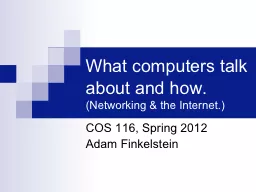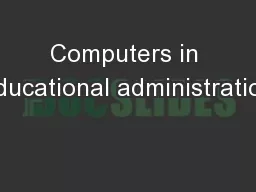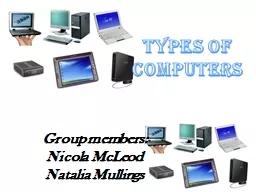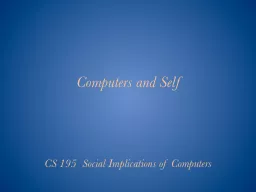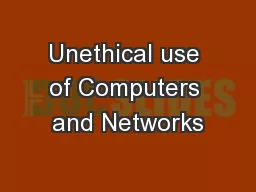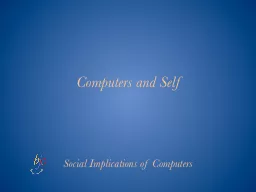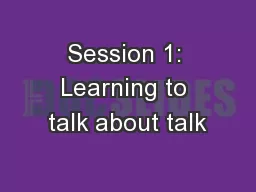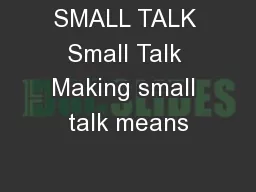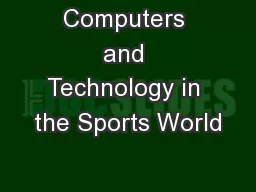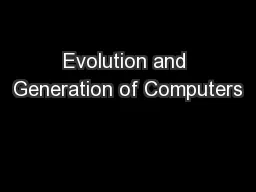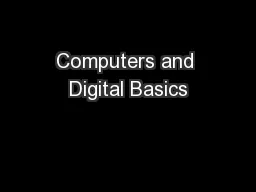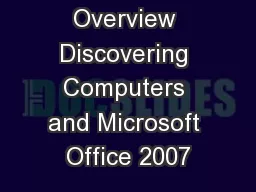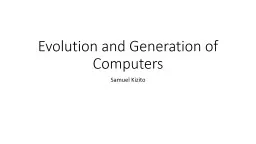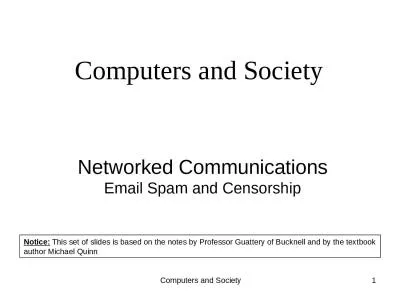PPT-What computers talk about and how.
Author : natalia-silvester | Published Date : 2016-06-30
Networking amp the Internet COS 116 Spring 2012 Adam Finkelstein Brief history Local area networks amp university networks Military communication networks ARPANET
Presentation Embed Code
Download Presentation
Download Presentation The PPT/PDF document "What computers talk about and how." is the property of its rightful owner. Permission is granted to download and print the materials on this website for personal, non-commercial use only, and to display it on your personal computer provided you do not modify the materials and that you retain all copyright notices contained in the materials. By downloading content from our website, you accept the terms of this agreement.
What computers talk about and how.: Transcript
Download Rules Of Document
"What computers talk about and how."The content belongs to its owner. You may download and print it for personal use, without modification, and keep all copyright notices. By downloading, you agree to these terms.
Related Documents

